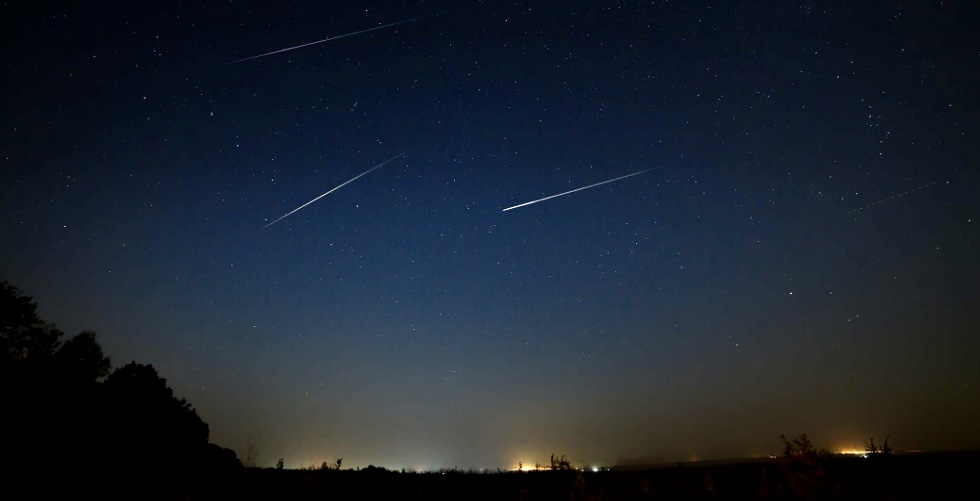April skies full of celestial wonders
By Jennifer Patterson
As winter gives way to spring, April is the month to look toward the night sky.
With Mercury reaching its highest point in the evening sky for the year, the Moon is also making its monthly rounds and will pair up with several planets later in April.
Mercury – the smallest and fastest moving of the planets in our solar system – is only visible for a few weeks every three to four months. The rest of the time, it flies too close to the Sun and is lost in the bright glare.
This weekend, the Moon will be near Saturn in the east, most visible in the few hours before sunrise. On April 23, the crescent Moon will hang just five degrees above Venus in the west after sunset, and on April 25, the Moon and Mars pair up high in the west after dark.
Viewing conditions may also be ideal for the annual Lyrid meteor shower, one of the oldest known meteor showers in history (the first recorded sighting was in China some 2,700 years ago).
The medium-strength shower begins on Sunday, but will peak on the morning of April 23 with as many as 20 shooting stars possible per hour, and comes to an end late in the month. The Lyrids are expected to put on an exceptional show this year, thanks to no interference from the Moon.
As with most meteor showers, the best viewing time is before dawn, but the Lyrids will become visible beginning at about 10:30 p.m., according to NASA meteor experts.
The radiant – the point from which the meteors appear to originate – will be high in the evening sky in the constellation Lyra to the northeast of Vega, one of the brightest stars visible in the night sky this time of year.
Named after a constellation of shooting stars, the Lyrid meteor shower is the result of Earth passing through the tail of comet C/1861 G1 Thatcher. Last year, a bright moon made the shower difficult to see.
Next week, however, viewing opportunities will be ideal due to a dim waxing crescent moon, which will only reach six percent illumination on the night of the shower’s peak.
Darker skies will make the fast-moving meteors (which lack a persistent trail) easier to see. The shower can also produce the occasional bright meteor called a fireball, with luminous dust trails that can be observed for several seconds.
According to NASA, the shower may surprise stargazers with as many as 100 meteors per hour, in what is called an “outburst.”
The Lyrid meteor shower is not as bright as the famous Perseid meteor shower in August, which tends to produce more prominent trails.
When stargazing, NASA recommends finding a dark place away from city lights and letting your eyes adjust for at least half an hour. Another tip is to avoid looking at your cell phone, which will interfere with natural night vision.
For information about how best to view the Lyrids, go to https://solarsystem.nasa.gov.

